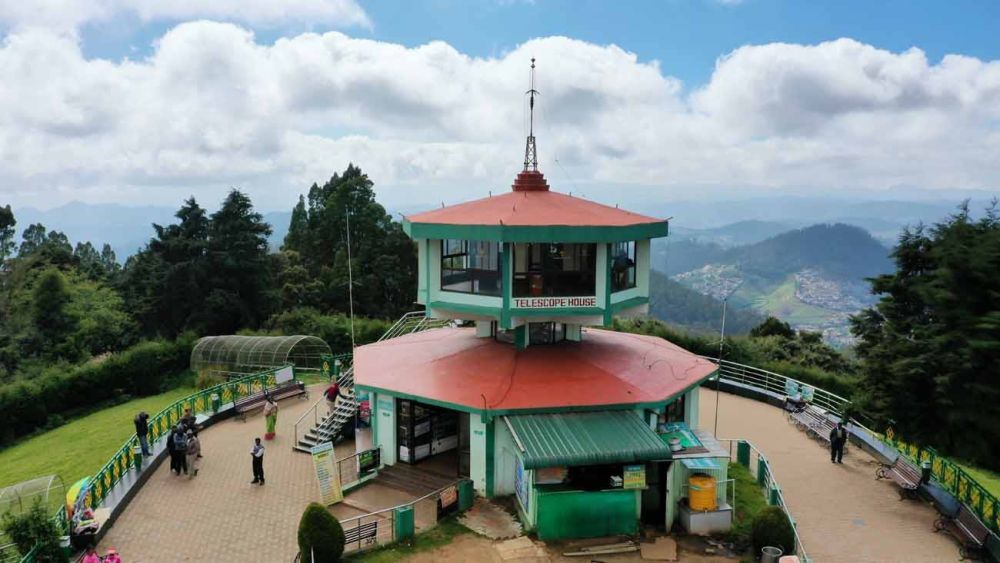

The serene and picturesque town of Ooty in Tamil Nadu, India, has been synonymous with leisure and tourism since the British colonial era. Nestled amidst the Nilgiri Hills, it offers an eclectic mix of natural beauty and colonial charm, with Doddabetta Peak standing as one of its most awe-inspiring attractions.
Tourism in Ooty began to take shape with the establishment of the summer headquarters of the Madras Presidency by the British in the 19th century. The salubrious climate and majestic vistas made it a preferred getaway from the sultry heat of the plains. Among the many marvels discovered by the British was Doddabetta Peak, the highest point in the Nilgiris at an altitude of 2,637 meters above sea level.
The earliest visitors to Doddabetta were captivated by its panoramic view of the surrounding landscape. With the advent of the Nilgiri Mountain Railway in 1908, a UNESCO World Heritage site today, accessibility to Ooty improved, further bolstering tourism at Doddabetta Peak.
Following India’s independence in 1947, Ooty’s tourism industry underwent a substantial transformation. The Government of India, recognizing the potential of this hilly retreat, invested in developing the necessary infrastructure to cater to the increasing influx of domestic tourists. The establishment of hotels, guest houses, and better road connectivity led to more tourists embarking on the journey to Doddabetta.
The late 20th and early 21st centuries saw Doddabetta Peak become a must-visit destination in the itinerary of travelers coming to Ooty. The Doddabetta Telescope House, allowing visitors to enjoy a closer look at the surrounding landscape, became a significant draw. The area also became popular for trekking and nature walks, satisfying the thirst of adventure enthusiasts and nature lovers alike.
Beyond just the visual splendor, the peak's rich biodiversity in flora and fauna added an educational aspect to the tourist experience. The shola forests that drape the slopes of Doddabetta are home to several endemic species of plants and wildlife, making it an excellent spot for eco-tourism.
Today, the trend of experiential travel has found its way to Doddabetta, with tourists seeking out more immersive experiences. Photography workshops, bird watching tours, and guided nature walks have become increasingly popular, catering to a niche audience interested in sustainable and responsible tourism.
The local government has also implemented several initiatives to preserve the natural environment around Doddabetta Peak, ensuring that tourism development does not come at the expense of the region's ecological balance. These sustainability efforts have attracted environmentally-conscious travelers who are keen on supporting destinations that prioritize conservation.
In recent times, social media has also played a pivotal role in boosting the popularity of Doddabetta Peak. Images and travelogues shared by visitors on platforms such as Instagram and Facebook have enhanced the peak’s allure, inspiring a new generation of tourists to make the journey to this enchanting highland.
In conclusion, the history of tourism at Doddabetta Peak reflects a journey from an exclusive colonial retreat to a diverse and inclusive destination. With ongoing efforts to balance tourism and environmental conservation, Doddabetta Peak retains its status as a jewel in Ooty's touristic crown, poised to welcome travelers from around the globe for many years to come.